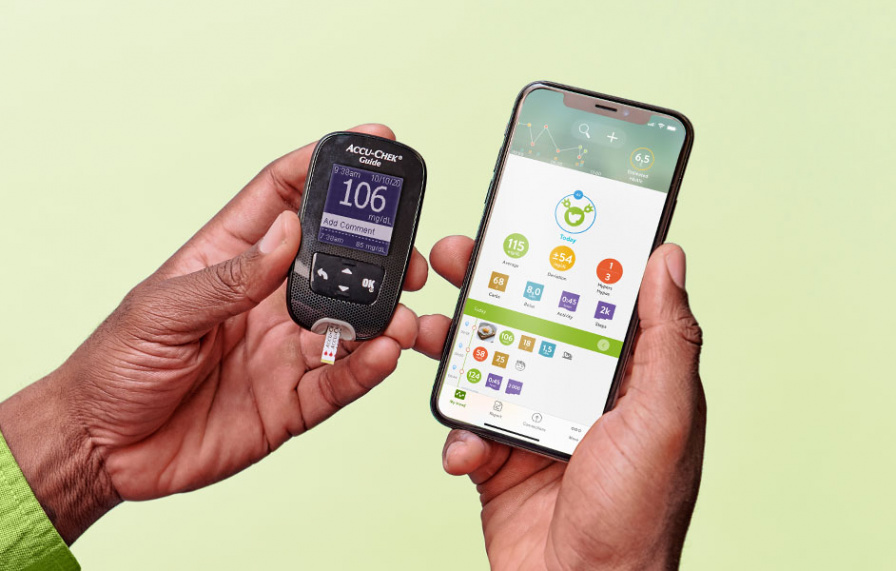Title: Revolutionary Breakthrough: Physiologic Insulin Resensitization Reverses Diabetic Retinopathy
Introduction: Diabetic retinopathy (DR) is a prevalent eye disease in the United States, predicted to affect over 11 million Americans by 2030. DR often accompanies diabetes for extended periods and is associated with other deteriorating diabetes conditions such as hypertension, dyslipidemia, and elevated HBa1c. While intensive glycemic control has shown potential in reversing DR, implementing it practically in clinical settings remains challenging. However, a glimmer of hope emerges with the advent of Physiologic Insulin Resensitization (PIR). This innovative treatment has showcased remarkable outcomes in various diabetes-related conditions, including peripheral neuropathy, foot ulcer healing, and nephropathy reversal.
Reversing Diabetic Retinopathy with PIR: In an unprecedented discovery, two patients with diabetic retinopathy experienced reversal of their condition after undergoing PIR treatment. PIR entails periodic cycling of up to 3 IU of fast-acting insulin infused intermittently between 4 and 8 minutes for 2 to 4 hours. Patients receive oral glucose to maintain blood glucose levels within a prescribed range during the insulin infusion process. Gradually transitioning to less frequent treatments based on patient response, PIR has already shown promise in several diabetes-related conditions.
Patient Success Story: Patient 1, a 69-year-old Vietnamese-American male with a 20-year diabetes history, presented severe proliferative diabetic retinopathy in 2017. Traditional treatment options were limited due to his allergic reaction to anti-Vascular Endothelial Growth Factors (aVEGF) medication, and he declined pan-retinal photocoagulation to preserve peripheral vision. Upon commencing PIR, the patient’s visual impairment began to improve, providing newfound hope for a better quality of life.
Implications and Future Research: The remarkable reversal of diabetic retinopathy in these two patients through Physiologic Insulin Resensitization demands further exploration. While these findings are based on two cases, they align with the transformative effects reported in other small-scale studies on diabetes-related conditions. PIR has demonstrated significant potential in reversing peripheral neuropathy, promoting rapid wound healing, and halting nephropathy progression. Consequently, it calls for comprehensive investigations into the effectiveness of PIR on diabetic retinopathy.
Charting the Path to a Brighter Future: The groundbreaking results from PIR offer a beacon of hope for those afflicted with diabetic retinopathy. These findings mark a significant advancement in diabetes care, and they pave the way for potential breakthroughs in treating this visually impairing condition. As researchers delve deeper into the effectiveness of PIR on DR, it opens doors to innovative therapeutic strategies and renewed optimism for those battling the impact of diabetes on their eyesight.
References:
- National Eye Institute
- Centers for Disease Control
- Jones CD et al. Incidence and progression of diabetic retinopathy during 17 years of a population-based screening program in England. Diabetes Care. 2012.
- Lee R et al. Epidemiology of diabetic retinopathy, diabetic macular edema, and related vision loss. Eye Vis (Lond). 2015 Sep.
- Nathan DM et al. The diabetes control and complications trial/epidemiology of diabetes interventions and complications study at 30 years: overview. Diabet Car. 2014 Jan.
- National Health Service
- Journal of Diabetes and its Complications












